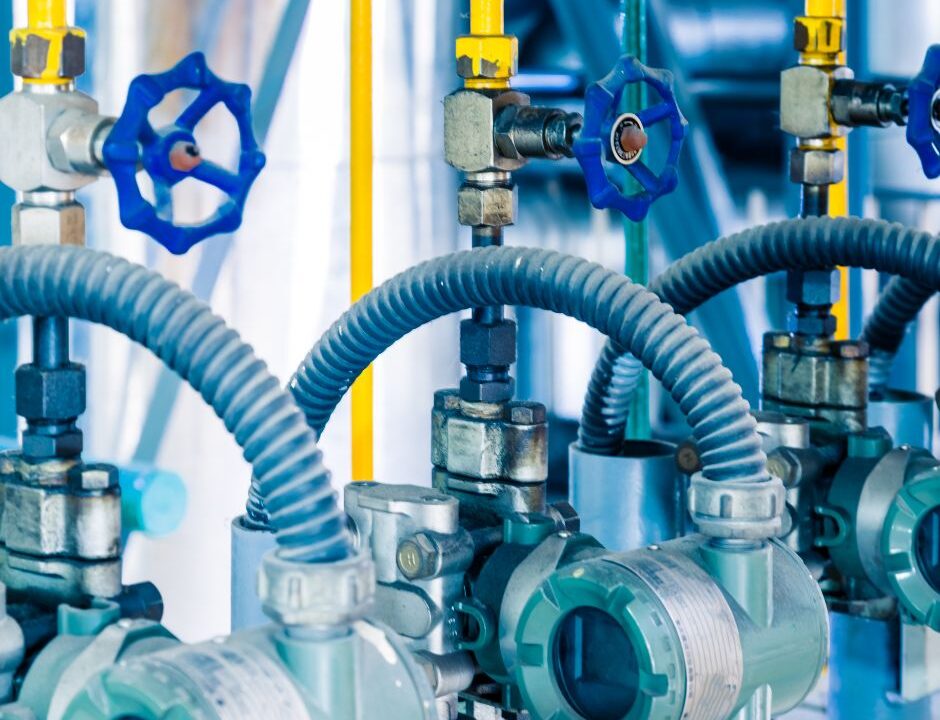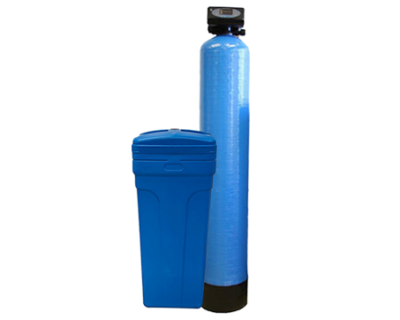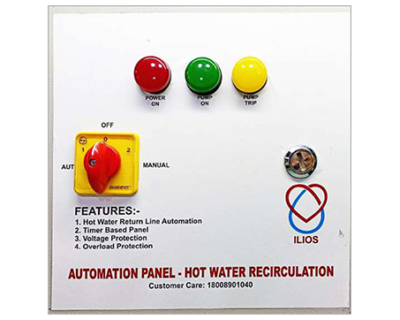Blog

Return Line Pumps: Understanding, Applications, and Benefits
Introduction:
Return line pumps are like hidden heroes in hydraulic systems. They quietly make sure fluid goes from reservoirs back into the system. But lots of folks don’t realize how important they are. This guide will cover everything about return line pumps, from what they do to where they’re used and why they’re so useful.

Understanding Return Line Pumps:
Return line pumps, also known as low-pressure pumps, are hydraulic pumps made to work at low pressures. While high-pressure pumps do jobs like lifting heavy things, return line pumps mainly keep fluid moving in hydraulic systems. They pull fluid from reservoirs and send it back into the system, making sure everything stays lubricated and cool.
Components of Return Line Pumps:
Return line pumps have a few important parts, each doing something key:
- – Pump Housing: It’s like the pump’s shell, keeping everything inside safe.
- – Inlet Port: Fluid comes into the pump through here from the reservoir.
- – Outlet Port: This is where pressurized fluid leaves the pump and goes back into the hydraulic system.
- – Impeller or Rotor: It spins around and helps create suction to pressurize the fluid.
- – Shaft: This moves power from the motor to the impeller, making it spin.
- – Motor: It gives the pump the power it needs to work and move fluid around.
Functionality of Return Line Pumps:
Return line pumps work by pulling fluid from reservoirs through the inlet port and into the pump housing. Inside the pump housing, the impeller spins around because of the motor and shaft, creating suction and pressurizing the fluid. Then, the pressurized fluid goes out through the outlet port and back into the hydraulic system. This keeps the fluid moving all the time, which helps keep everything lubed up, cool, and working well.
Applications of Return Line Pumps:
Return line pumps are used in many different types of machines:
- – In machine tools like CNC machines, lathes, and milling machines, they provide coolant and lubrication.
- – They power hydraulic cylinders and motors in material handling equipment such as forklifts, cranes, and conveyor systems.
- – In construction machines like excavators, bulldozers, and loaders, they run hydraulic attachments like buckets and booms.
- – They help with tasks in agricultural machines like tractors, harvesters, and irrigation systems, such as lifting and spraying fertilizers.
- – They’re also found in ships, offshore platforms, and dredging equipment, where they power hydraulic systems for propulsion, steering, and control.
Benefits of Return Line Pumps:
Return line pumps have lots of good things about them:
- – They’re cheaper to buy and take care of compared to high-pressure pumps, so they save businesses money.
- – They don’t use as much energy because they work at lower pressures, which is good for the environment and saves money.
- – They help keep hydraulic systems from getting too hot, prevent damage, and make them last longer, which means less fixing and replacing parts.
- – They can be changed around to fit different needs and situations because they come in different sizes and types.
- – They’re strong and dependable, even when they have to work hard in tough places, so they keep working well for a long time.
Conclusion:
In conclusion, return line pumps might not get a lot of attention, but they’re really important in hydraulic systems. They help keep the fluid moving and protect the parts of the system. This makes sure that hydraulic machines work well and last a long time in different industries. Knowing about return line pumps helps businesses and operators make smart choices to keep their hydraulic systems running smoothly. Whether you know a lot about hydraulics or just starting to learn, understanding return line pumps is key to getting the most out of industrial and mobile machines.




